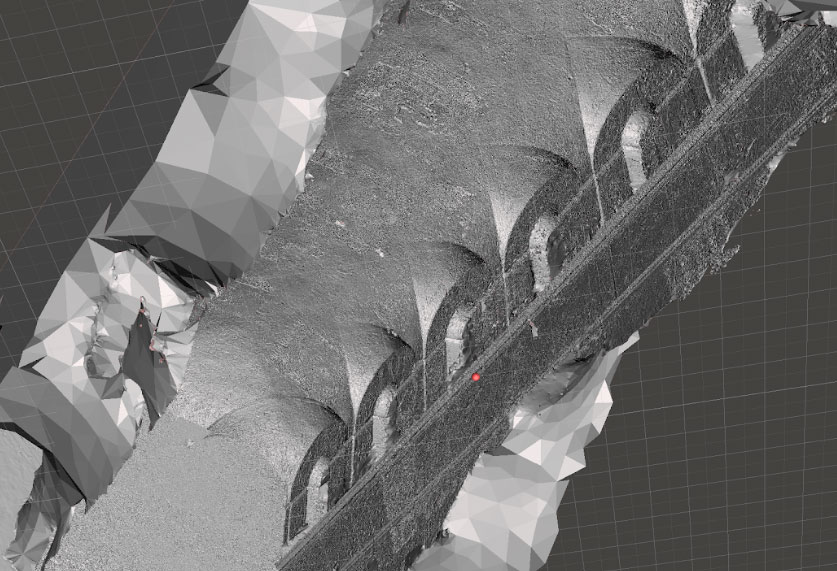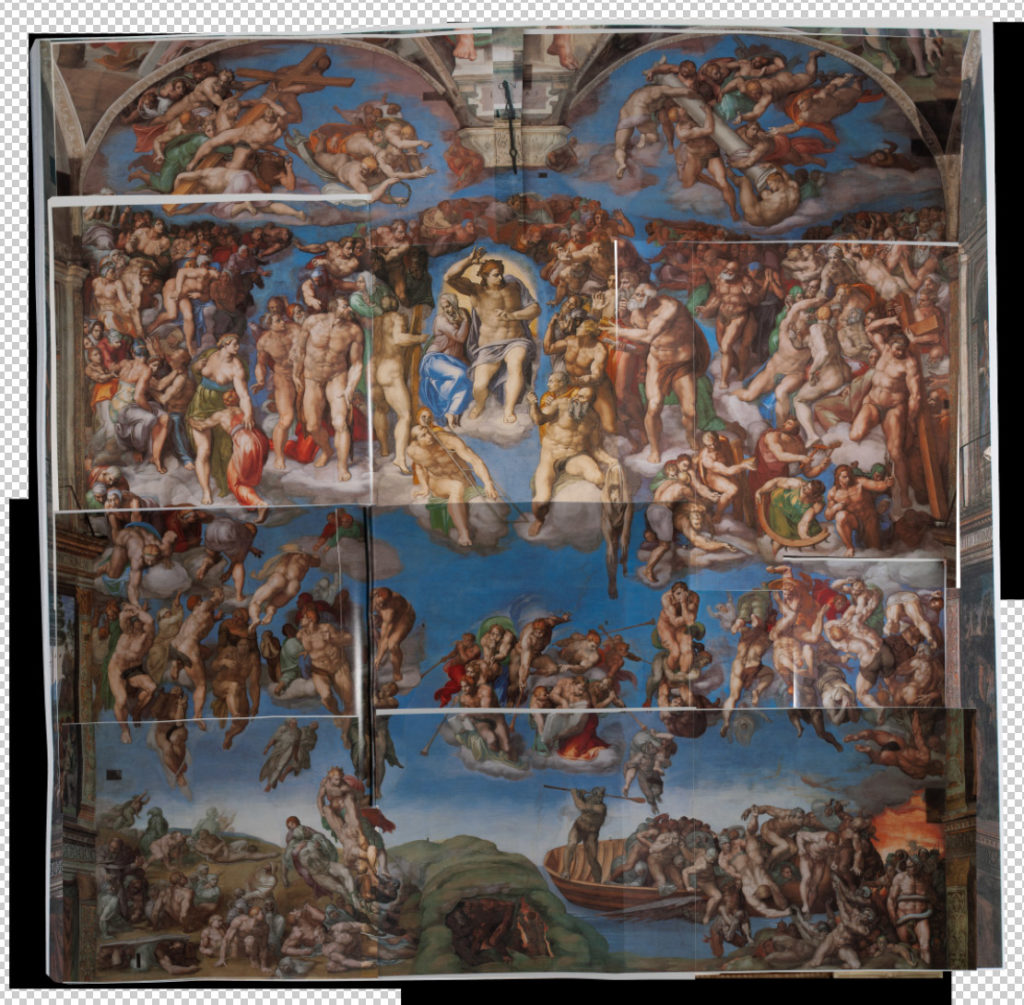The goal of this project is to leave a lasting gift that can be used to spur interest in Michelangelo’s work, democratize the ceiling and allow anyone in the world to view and learn about it. It was only possible with the help of friends and coworkers, I am always on the lookout for other CG artists interested in Michelangelo’s work to help.
Help Research the Damage Caused by the Restoration Attempt
At the moment, the pre-restored art assets are derived from some 1960s elephant folios. If you have access to high resolution, pre-restoration images, those would be a big help. Or, if you would like to donate, the book “The Vatican Frescoes of Michelangelo” is the final modern book showing detailed reproductions of the pre-restored ceiling. It’s ISBN is 0896591581 and it’s about $2,000.
The goal is to piece together the highest fidelity pre-restored texture set possible, warped into the same UV space, so that a user can seamlessly blend between the pre and post restoration work and more easily identify damage.
Help with Art Assets
I have spent a long time reprojecting images into a cohesive unwrapped UV space. The ceiling is over 100 4k texture maps. It’s a challenge to make things feel consistent, since texture inputs come from different time periods, different lighting, different cameras, etc. Now having the final images, it should be easier to run image processing on them to make them more consistent.
Also, there are some environment art assets that would still be great to have, like the Papal throne, which tourists never get to see, it’s referenced in the project because Jeremiah looks down upon it. It would be great to have it in there. Or the Rovere coat of arms, which I phoned in, it’s a challenging model and I just didn’t have the time.
Many Ways to Help
When the project goes live, we are hoping many people will experience it, it may be interesting to spin up discussions about localization. Audio and also some form of text subtitles, but those are very tricky in VR. If you have experience localizing UnrealEngine games, or would want to help record localized audio for a specific language, contact us!










